Scientifically Speaking: Kiln-Dried Laminated Logs
Since the release of Timberhaven’s large laminated log profile, we received an overwhelmingly positive response from log home enthusiasts looking for further details about our kiln-dried laminated logs and procedures. Thank you to everyone who shared their comments and questions with us about these specialty wood products. Here are a few additional facts for you to contemplate.
Scientifically Speaking…
Through years of research and testing, Timberhaven has scientifically proven our kiln-dried and laminated products are hands down the driest and most stable on the market. But don’t just take our word for it. Independent experts from universities and laboratories across the nation have authenticated our analysis. Here’s what they had to say.
Kiln-Dried vs. Air-Dried Logs
Air-drying large timbers usually takes longer than a year to achieve moisture content levels that are reasonably acceptable for construction. Proper kiln-drying provides much more predictable, controllable results.
Dr. Paul Smith
Professor of Forest Products Marketing
Penn State University
Proper kiln-drying procedures control the drying environment and reduce the amount of severity of drying induced defects. Drying wood prior to installation provides an opportunity for the wood to maintain relatively stable dimensions during service.
Paul Blankenhorn, Ph.D.
Professor of Wood Technology
Penn State University
The recommended moisture content of wood should be matched as closely as is practical to the equilibrium moisture content (EMC) conditions in service.
USDA
Forest Service Forest Products Laboratory
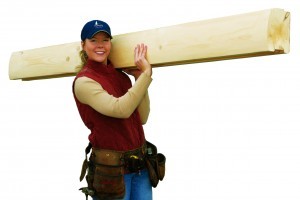
Kiln drying also removes more than 10,000 lbs of excess water from an average sized log home, so our logs are lighter and easier to handle.
There are two important differences between Air- Dried and Kiln-Dried. In a kiln, the wood is usually heated above 130F, which kills all insects, eggs, and fungi. Second, with resinous softwoods, the heat drives off the resin that would be liquid and runny at room temperature.
Dr. Gene Wengert
Dept. of Forestry University of Wisconsin
Kiln-Dried Laminated Logs
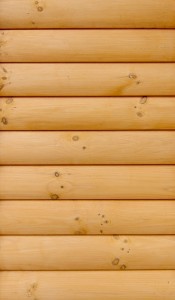 Laminated building logs produced by Timberhaven have demonstrated compliance on a continuous basis with the in-plant quality assurance program described in The Log Homes Council Log Grading Manual. Bending strength and stiffness were verified by tests of 150 full-size specimens in accordance with ASTM D 198.
Laminated building logs produced by Timberhaven have demonstrated compliance on a continuous basis with the in-plant quality assurance program described in The Log Homes Council Log Grading Manual. Bending strength and stiffness were verified by tests of 150 full-size specimens in accordance with ASTM D 198.
Larry Beineke, Ph.D., PE
Vice President Southeast Region PFS Corporation
Strength – My laboratory has tested the long-term exposure performance of Timberhaven’s laminated logs. Our tests for static bending and gross strength found that laminated logs performed at a higher level than solid logs.
Lamination Integrity – The laminated test logs were stacked outside, fully exposed to the weather, with no exterior finish applied. During the last 9 years the overall integrity of the logs, with particular attention paid to the glue lines in the laminated logs, are performing well, with no failures noted in over 100 test sections. They are still performing as well as when the logs and joists were originally tested. No failures of any kind have been observed during the 9-year evaluation.
Overall Evaluation – I find Timberhaven’s laminated logs to be an exceptional product. Structural strength and dimensional stability during severe weather exposure shows these logs provide a mechanically strong, functionally durable and aesthetically attractive log structure. I look forward to another observation cycle, but I doubt my tenure at UM College of Forestry will be long enough to witness any diminishment in the performance of these examples of excellent manufacturing.
Edwin J. Burke, Ph.D.
Director, University of Montana College of Forestry and Conservation
We would love to have you see this innovative process first-hand during a tour of manufacturing facilities. Simply let us know when you’d like to visit…
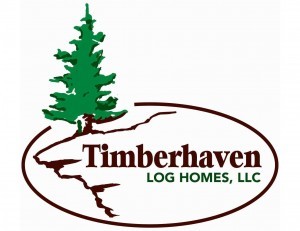
www.timberhavenloghomes.com
info@timberhavenloghomes.com
Toll Free: 855.306-5678
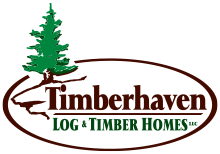
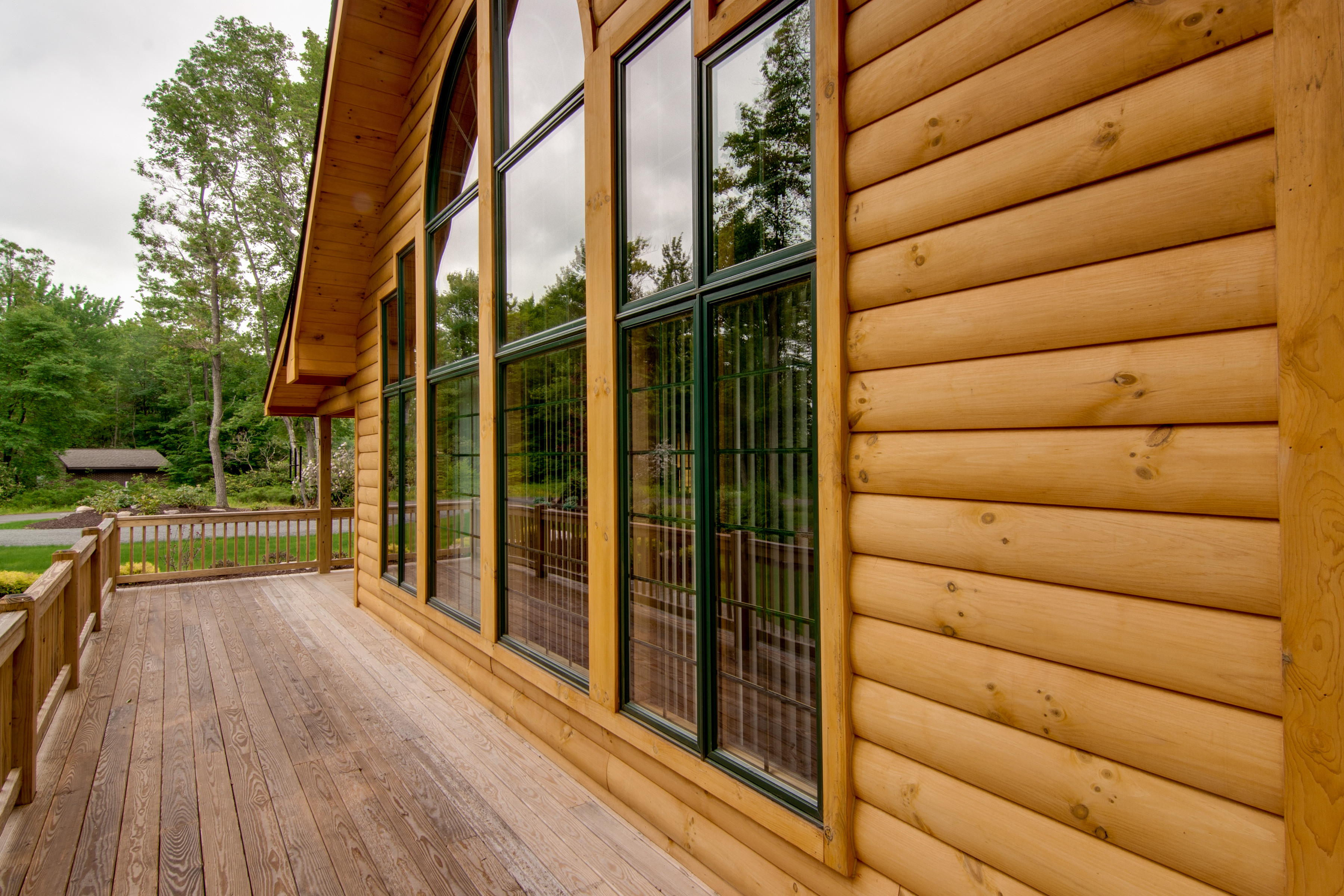
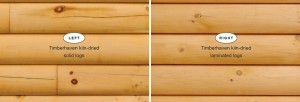
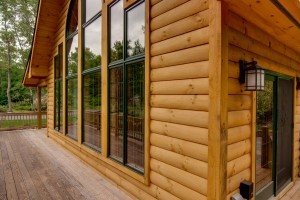
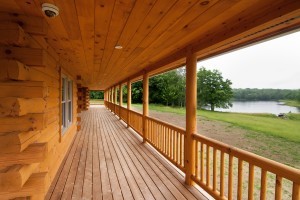
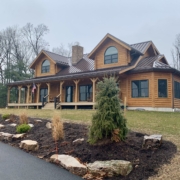
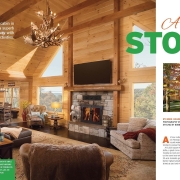
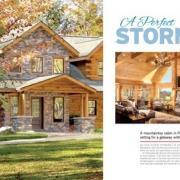
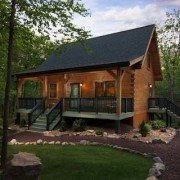
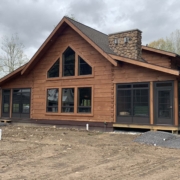
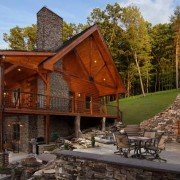
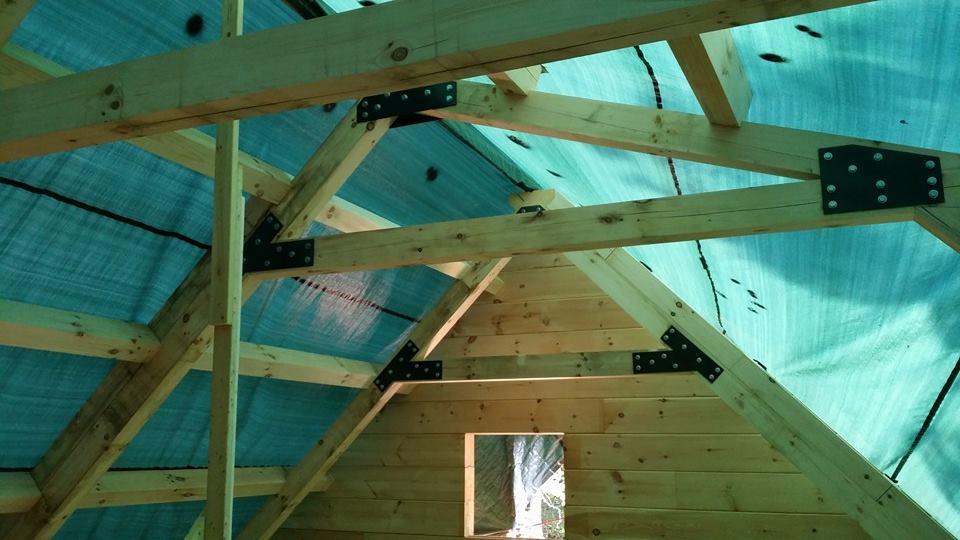
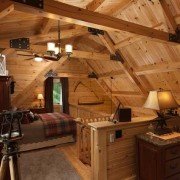
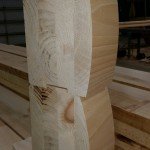
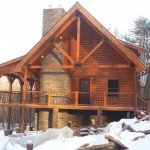
Thanks for being so focused on quality backed by real science. I am continually impressed.